Home Hacks for Saving Money and Living Sustainably
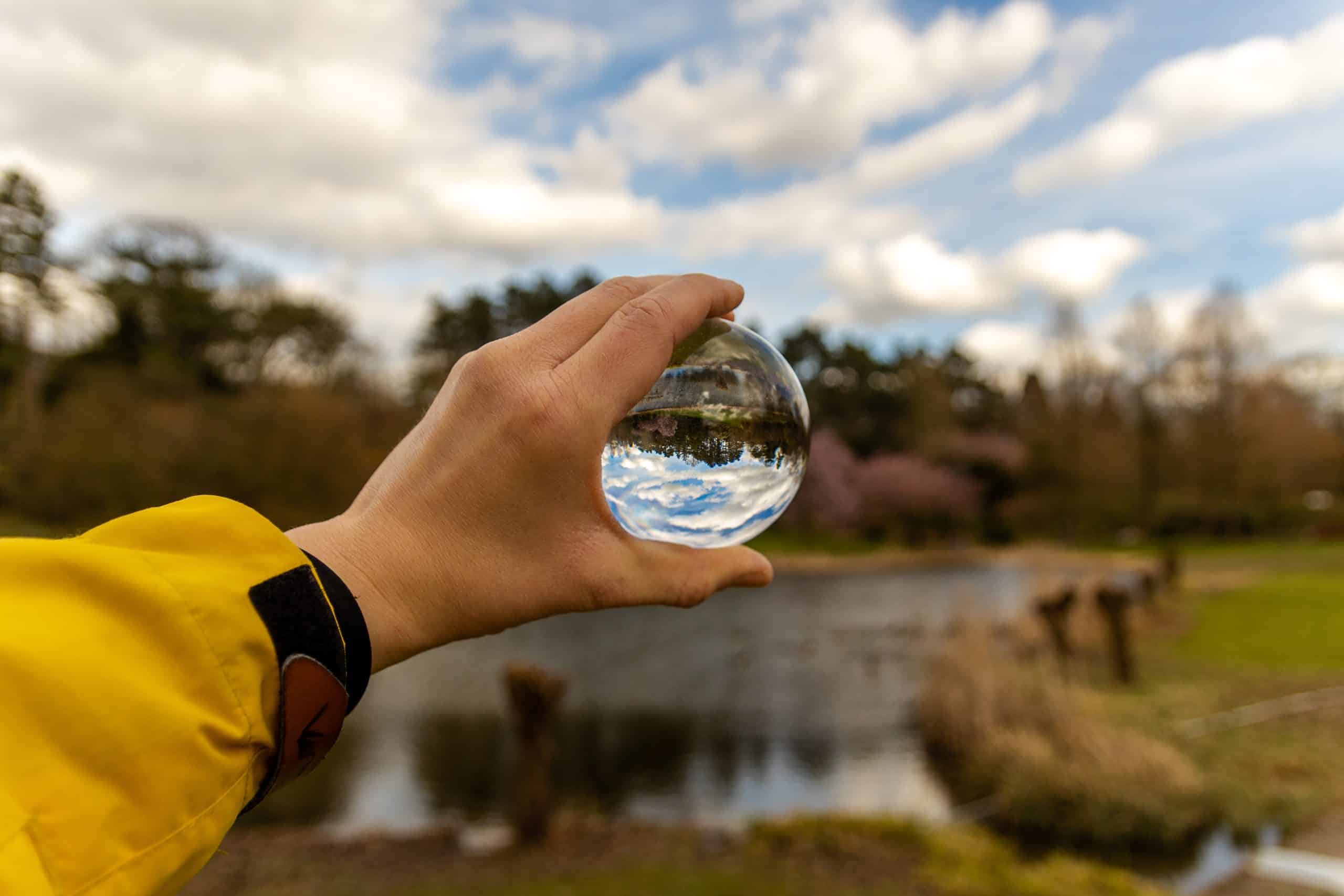
🌱 Saving Money and Living Sustainably
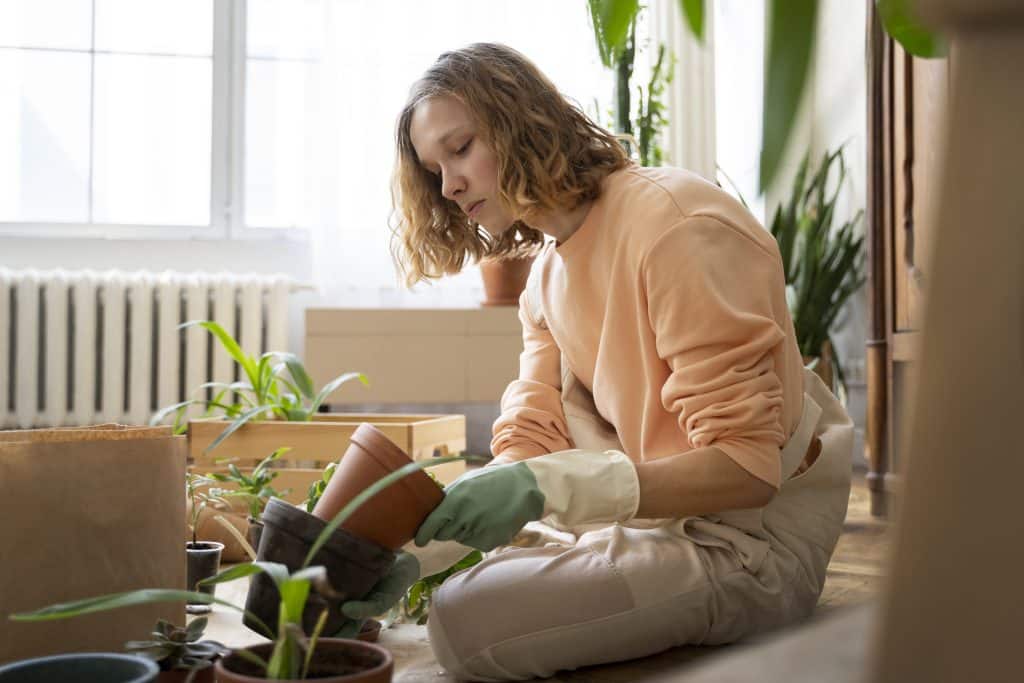
Adopting simple and smart practices at home can lead to major savings by the end of the month while also reducing environmental impact. These home hacks combine creativity, functionality, and eco-consciousness, proving that small habits can make a big difference.
Smart Reuse for Sustainable Living
One of the most practical ways to embrace sustainable living is by reusing what you already have at home. With a little creativity, everyday objects can be transformed into valuable tools that save money and reduce waste. These hacks not only support eco-conscious habits but also make your home more functional and stylish.
By rethinking how we use everyday materials, we move closer to a lifestyle centered on conscious consumption, cost savings, and truly sustainable living.
Glass jars as organizers → Instead of buying new storage containers, give glass jars a second life. They can store grains, spices, or office supplies, keeping your home organized and clutter-free. With a creative touch, they can even be turned into decorative lanterns with LED lights, adding charm and personality to your living space.
Wood pallets → Pallets are an incredible resource for budget-friendly projects. From rustic furniture like coffee tables and bookshelves to vertical gardens and even full-size beds, they offer endless DIY possibilities. Using pallets promotes greener living while giving your home a unique and personal style.
Vegetable cooking water → Often discarded, this water is actually rich in nutrients. Instead of wasting it, reuse it in soups, broths, or even as a natural fertilizer for plants. This simple habit reduces waste and contributes to eco-friendly living by making the most of every resource.
💡 Energy Savings for Smarter Living
Saving energy is one of the simplest yet most powerful steps toward sustainable living. With just a few changes, you can significantly cut electricity bills, extend the life of household items, and reduce your environmental footprint. These hacks not only improve efficiency but also make daily living more comfortable and cost-effective.
Switch to LED bulbs → Traditional incandescent bulbs waste energy and burn out quickly. Switching to LED bulbs can cut electricity use by up to 80% while lasting years longer. This small adjustment makes a huge impact on sustainable living, helping households save money month after month.
Motion sensors in hallways → Lights often get left on in high-traffic areas like hallways or bathrooms. By installing motion sensors, lights only turn on when someone is present, eliminating unnecessary energy waste. This smart upgrade blends convenience with eco-friendly living.
Curtain strategy → Making the most of natural sunlight is a game-changer for energy-conscious living. Open light curtains during the day to brighten your home without switching on lamps, and close heavier fabrics at night to retain warmth in winter or block heat in summer. This not only lowers energy costs but also creates a more comfortable living environment.
Energy savings go hand in hand with modern sustainable living—every adjustment brings financial benefits while protecting natural resources.
💧Water Conservation for Sustainable Living
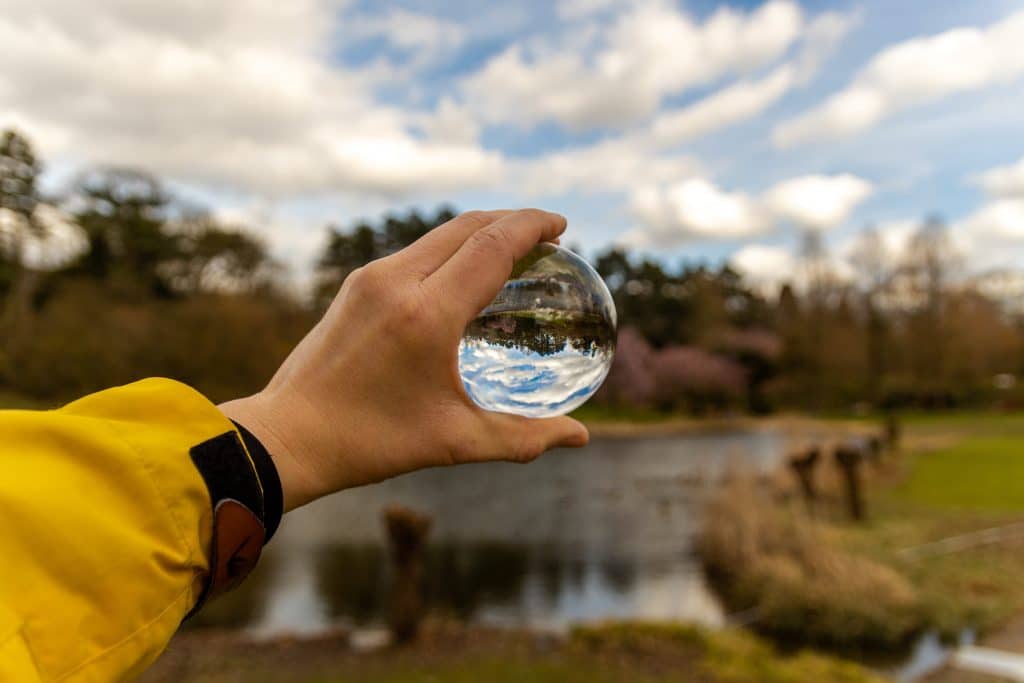
Water is one of the most valuable resources for daily living, and conserving it at home is both eco-friendly and cost-effective. By adopting a few clever hacks, you can reduce waste, lower your utility bills, and practice mindful, sustainable living without sacrificing comfort.
Bucket in the shower → Every time the shower is turned on, several liters of clean water are wasted while it warms up.
Placing a bucket underneath allows you to capture this water and repurpose it for household tasks such as cleaning floors, washing outdoor areas, or even flushing the toilet.
This small adjustment reduces unnecessary waste and turns ordinary routines into opportunities for more mindful and efficient living. Over the course of a month, this habit can save dozens of gallons of water, proving how small actions can create a significant impact on both household expenses and environmental responsibility.
Plastic bottle in the toilet tank → Toilets are among the largest consumers of water in a home.
By placing a filled plastic bottle inside the tank, you displace some of the volume, which means less water is used with each flush.
This eco-conscious trick requires no special tools, takes only a few minutes to set up, and can save hundreds of liters of water per month. It’s an effortless way to support sustainable living, demonstrating that even the simplest solutions can contribute to long-term resource conservation.
DIY drip irrigation → Gardening enthusiasts can make their routines more sustainable with a DIY drip irrigation system.
By poking small holes in a plastic bottle and placing it near plant roots, water is delivered slowly and directly where it’s needed. This prevents evaporation and runoff, ensuring no water is wasted.
Whether for balcony herbs or a backyard vegetable patch, this approach promotes responsible gardening and aligns perfectly with eco-friendly living. Plus, it helps plants grow healthier by providing consistent hydration.
By rethinking how water is used in everyday routines, households can cut costs, reduce waste, and practice smarter, eco-conscious living.
These simple yet effective changes show that sustainability doesn’t have to be complicated—it can start with just a bucket or a plastic bottle.
🍴 Sustainable Food Practices for Healthier Living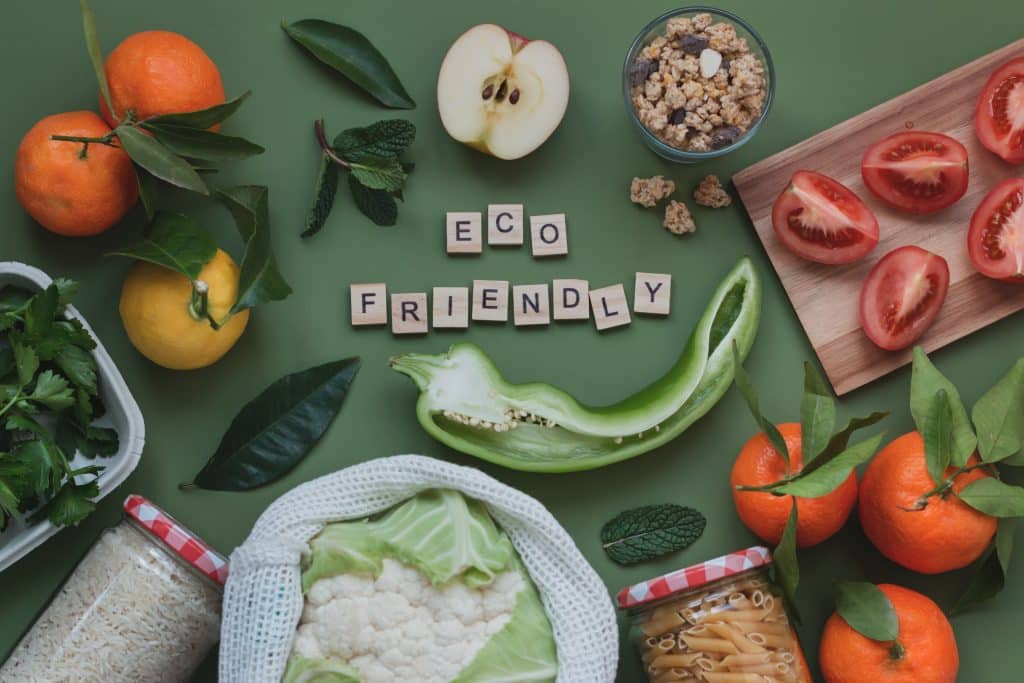
Food is at the heart of daily living, and the way we consume it has a direct impact on both our budget and the environment. By embracing sustainable food practices at home, you not only save money but also reduce waste, improve health, and support eco-friendly living habits.
Freeze vegetable peels → Kitchen scraps such as carrot peels, onion skins, celery tops, or even herb stems are often discarded without a second thought. However, these leftovers are packed with nutrients and flavor.
By storing them in a freezer bag or container, you can later boil them to create rich vegetable broths that serve as the base for soups, stews, or sauces. This habit not only reduces food waste but also stretches your grocery budget, since you’re making use of ingredients that would otherwise end up in the trash.
Beyond savings, homemade broths are healthier than many store-bought options, which are often filled with excess salt and preservatives. With just a little planning, what once seemed like waste becomes a valuable resource in the kitchen.
Swap disposables for reusables → One of the easiest and most impactful changes in everyday dining is to replace single-use items with durable alternatives. Cloth napkins can be washed and reused countless times, reducing the constant need for paper products.
Glass cups and plates eliminate the expense and waste of plastic or paper versions, while stainless-steel cutlery ensures long-lasting use compared to disposable utensils. These small adjustments bring a touch of elegance and intentionality to daily meals, while also saving money over time by cutting recurring purchases.
On a larger scale, reducing disposables significantly lowers the amount of packaging and plastic waste produced at home, making dining not only more eco-friendly but also more meaningful.
When we rethink how food is grown, prepared, and consumed, we establish a positive cycle that benefits both households and the environment. Healthier meals, reduced expenses, and less waste are all outcomes of adopting mindful food habits. These practices prove that sustainability can be simple, practical, and deeply rewarding.
Vertical garden at home → Setting up a vertical garden is one of the most creative and rewarding hacks you can apply indoors or on a balcony. By reusing materials such as recycled plastic bottles, PVC pipes, or even wooden pallets, you can design a practical space to grow herbs, leafy greens, or even small vegetables.
This practice significantly lowers grocery costs, since you’ll always have fresh ingredients within reach, and it promotes healthier meals free from unnecessary chemicals or packaging.
Beyond the financial and nutritional benefits, a vertical garden also transforms your home environment. It introduces more greenery into your space, improving air quality and creating a sense of calm and relaxation.
For small apartments or houses with limited outdoor space, it’s an excellent solution that maximizes walls or corners without taking up much room. In addition, caring for your own plants builds a deeper connection with nature and provides a simple, daily activity that reduces stress.
With just a little creativity and dedication, a vertical garden adds freshness, beauty, and functionality to your home, making it both more sustainable and more enjoyable to live in.
🧼 Eco-Friendly Cleaning for Healthier Living
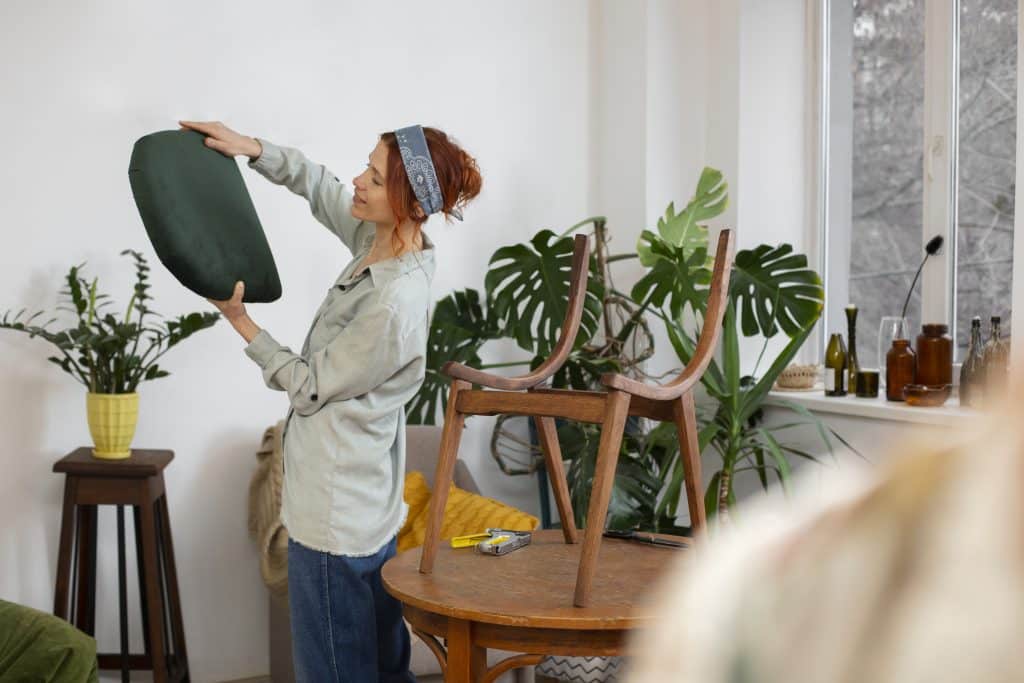
Cleaning doesn’t have to rely on harsh chemicals or expensive products. With a few eco-friendly swaps, you can maintain a spotless home while protecting your health.
At the same time, you save money and support sustainable living. These natural hacks prove that a cleaner home can also mean smarter, greener living.
White vinegar spray → Vinegar is one of the most versatile, affordable, and eco-friendly cleaning solutions available. When mixed with water in a simple spray bottle, it becomes a powerful multipurpose cleaner.
It can replace many commercial products and works effectively on windows and mirrors, leaving them streak-free. It can also disinfect kitchen countertops or bathroom surfaces without the need for harsh chemicals.
Vinegar is excellent at neutralizing unpleasant odors, making it useful for refreshing refrigerators, trash bins, and even upholstery.
For families with children or pets, vinegar is a safer alternative since it avoids exposure to strong, synthetic substances found in many industrial cleaners.
Using vinegar not only supports a healthier home environment but also reduces the number of plastic bottles and chemical products purchased.
This cuts down on both costs and waste. This small switch is a practical step toward more natural cleaning habits, showing that simple solutions can be just as effective as store-bought products.
Homemade detergent with orange peels → Citrus peels, often discarded after eating or juicing, can be turned into an effective cleaning solution instead of going to waste.
When boiled with water and combined with baking soda, they release natural oils and citric acid, creating a powerful cleaner with antibacterial and degreasing properties.
This homemade detergent can be used to wipe kitchen counters, clean stovetops, deodorize sinks, and even refresh bathroom tiles.
Beyond functionality, it leaves a pleasant citrus fragrance that keeps your home smelling fresh without relying on artificial perfumes.
Making your own cleaner also reduces the purchase of chemical-heavy industrial products, cutting costs and packaging waste.
Used coffee grounds → Instead of throwing away leftover coffee grounds, they can be repurposed in multiple ways around the house.
In the kitchen, they work as a natural abrasive scrub for pots, pans, and baking sheets, removing tough grease without damaging surfaces or relying on harsh chemicals.
In the garden, coffee grounds are a nutrient-rich addition to soil, improving its texture and boosting plant health thanks to their nitrogen content.
They can also be used as a natural deodorizer. Placing a small container of dried coffee grounds in the refrigerator or near shoes helps absorb unwanted odors.
This simple practice proves that sustainable habits don’t require complex changes—just a willingness to see everyday waste as a useful resource.
By adopting eco-friendly cleaning habits such as making natural detergents and reusing household scraps, you reduce dependence on chemical products, cut unnecessary expenses, and minimize waste.
These small choices create a safer, healthier home environment and highlight how sustainability begins with simple, mindful actions right inside your own home.
✅ Benefits of These Hacks for Smarter Living
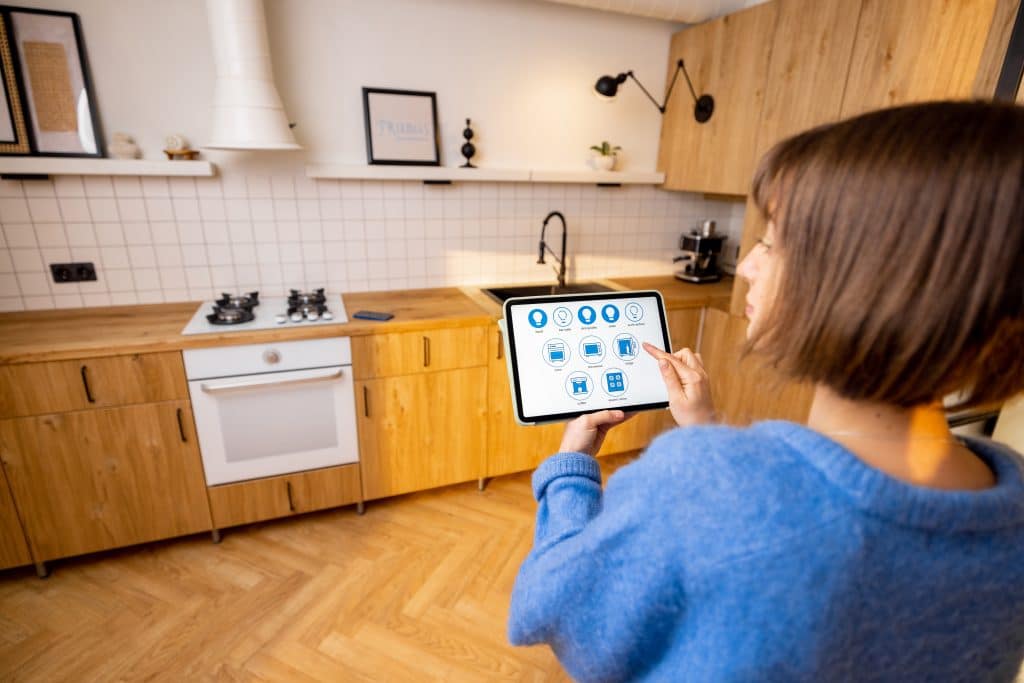
Adopting small but effective home hacks can completely transform daily living. Beyond the immediate convenience, these habits build long-term benefits that improve finances, health, and the overall quality of life. Here’s how they make an impact:
Direct savings on electricity, water, and cleaning products → Small adjustments in daily routines lead to significant long-term benefits.
For example, replacing traditional bulbs with LEDs drastically reduces electricity consumption. Collecting water in a bucket during showers prevents waste and lowers water bills.
✅ Benefits of These Hacks
Adopting practical home hacks goes far beyond convenience. These small but powerful changes create positive effects in your finances, your home environment, and even the planet. Here’s a closer look at the main benefits:
Think of direct savings on electricity, water, and cleaning products as an investment in your future rather than just a way to cut costs today.
Small adjustments in your daily routines—like switching traditional bulbs to LEDs, collecting water in a bucket while the shower heats up, or making simple natural cleaners with vinegar and citrus peels—may seem minor, but they add up to meaningful long-term results.
Over time, these habits not only lower your utility bills and reduce unnecessary spending, they also create financial breathing room. That extra money can then be redirected toward building an emergency fund, paying off debt faster, investing in opportunities, or simply giving yourself the peace of mind that comes from stronger financial security.
Reduction of food and packaging waste → Every year, households throw away large amounts of food and single-use packaging.
By freezing vegetable scraps to reuse later, turning glass jars into organizers, or swapping plastic cutlery for durable alternatives, you drastically reduce the amount of waste going to landfills.
This not only eases pressure on the environment but also helps stretch your grocery budget and keeps your kitchen more organized.
A more sustainable and eco-friendlyEco-Friendly Hacks
lifestyle → Choosing to save energy, conserve water, and reuse materials creates a ripple effect of positive change. Over time, these actions become second nature, supporting healthier habits for you and reducing unnecessary strain on natural resources. The result is a lifestyle that balances comfort, savings, and environmental responsibility.
A home that’s organized, practical, and welcoming → Many hacks serve a dual purpose: they
You can save money while also creating a more comfortable and functional space. Vertical gardens add freshness and beauty to any corner of your home.
Glass jars make storage simpler and more organized, while natural cleaning products keep the air cleaner and safer for everyone.
These small transformations turn a home into a place that is not only efficient but also inviting to family and friends.
By embracing these hacks step by step, you cultivate a home and lifestyle rooted in conscious, sustainable living.
It is an approach that saves money, reduces waste, and brings lasting comfort for both you and the people around you.
👉 You can apply these hacks gradually, starting with small changes that already bring noticeable results. The more you adopt, the more your home becomes cost-effective, functional, and Eco-Friendly Living Ideas
🌟 Final Thoughts on Smarter, Sustainable Living
Sustainable living isn’t about major sacrifices—it’s about small, consistent choices that make a big difference over time. From reusing jars and pallets to conserving water, energy, and food, each hack creates a home that’s practical, affordable, and eco-friendly.





